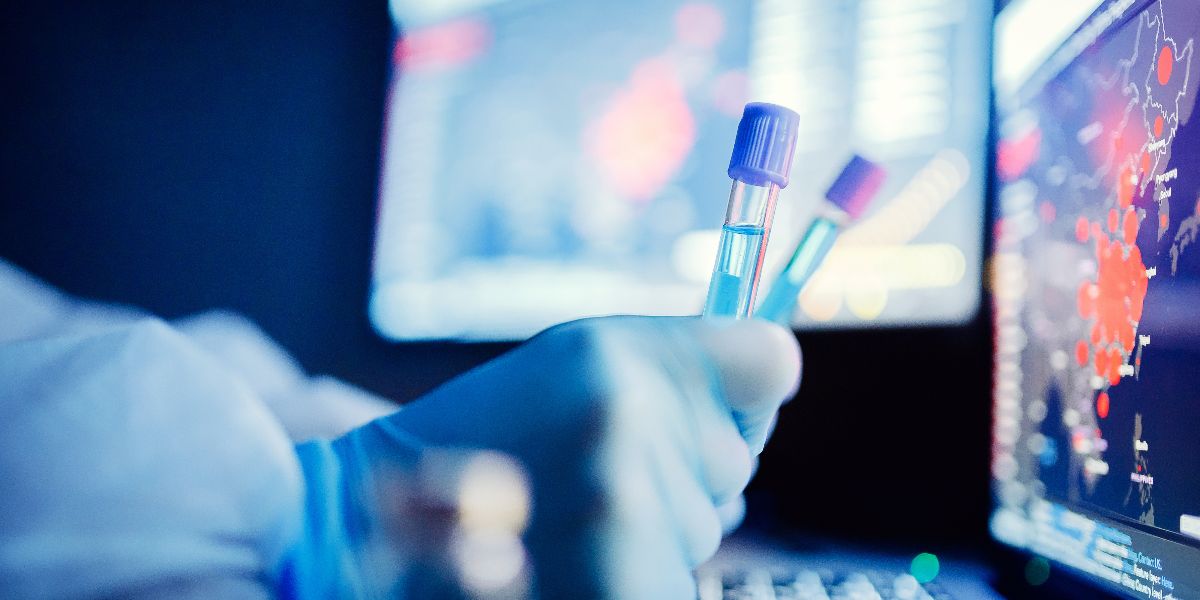AWS Public Sector Blog
Category: Healthcare
New report: How to accelerate public healthcare innovation in Asia Pacific and Japan
To better understand the challenges and opportunities in digital healthcare adoption, think tank ACCESS Health International and the AWS Institute conducted research across 12 countries in the Asia Pacific in order to understand government and industry perspectives on cloud adoption for public healthcare. The findings are presented in the “Overcoming Barriers to Cloud Adoption in Public Healthcare in the Asia-Pacific” report. Read on for a summary of the research’s key findings.
Solving medical mysteries in the AWS Cloud: Medical data-sharing innovation through the Undiagnosed Diseases Network
It takes a medical village to discover and diagnose rare diseases. The National Institutes of Health’s Undiagnosed Diseases Network (UDN) is made up of a coordinating center, 12 clinical sites, a model organism screening center, a metabolomics core, a sequencing core, and a biorepository. For many years prior to the UDN, the experts at these sites were limited by antiquated data-sharing procedures. The UDN leadership realized that if they wanted to scale up and serve as many patients as possible, they needed to transform how they process, store, and share medical data—which led the UDN to the AWS Cloud.
Preparing medical students for essential exams with the cloud-powered DAMS eMedicoz app
The Delhi Academy of Medical Sciences Pvt Ltd (DAMS) is the leading institute for National Eligibility and Entrance Test postgraduate (NEET PG) preparation for doctors in India. During the pandemic, DAMS shifted its course delivery to its eMedicoz app, an education technology (EdTech) initiative powered by AWS that has reached more than 500,000 verified doctors and medical student subscribers. To keep students connected with real-time learning, DAMS used AWS to deliver live-streamed and two-way interactive classes for thousands of budding doctors through the eMedicoz app.
Delivering better Medicaid services (and happier teams) with the AWS Cloud
In this blog post, the Georgia Department of Community Health (DCH) chief information officer, Venu Gurram, describes his experience transforming their Medicaid Management Information System (MMIS) from legacy on-premises infrastructure to a collection of services in the cloud. Learn how the DCH joined forces with another state entity, the Georgia Tech Research Institute (GTRI), to use the Amazon Web Services (AWS) Cloud to deliver the next generation of Medicaid technology: a Medicaid Enterprise System (MES).
How to deploy HL7-based provider notifications on AWS Cloud
Electronic notifications of patient events are a vital mechanism for care providers to improve care coordination and promote appropriate follow-up care in a timely manner. This post shows how a combination of Amazon Web Services (AWS) technologies, like AWS Lambda, Amazon Comprehend Medical, and AWS Fargate, can effectively manage and deliver actionable data to help healthcare customers deliver electronic notifications in a secure and efficient way.
Bali uses the cloud to fight COVID-19 misinformation and save lives
The Bali State Government’s Communication, Information, and Statistics Agency of Bali (Diskominfos) worked with AWS to develop Bali One Data – a hub for the preparation of quality, accessible, integrated, and shareable data between government agencies at the provincial, regency, and city levels across the entire island of Bali. During the COVID-19 pandemic, the Bali One Data app, powered by the cloud, has become a critical resource to help the government manage unforeseen circumstances and save lives.
AWS resources to address Apache Log4j vulnerabilities
This post aims to provide a summary of all the currently disclosed Apache Log4j issues as well as important resources that Amazon Web Services (AWS) has released to help our customers and partners limit any risks posed by these issues.
Singapore’s IHiS scales vaccine operations with AWS to meet evolving on-the-ground requirements
To support Singapore’s national vaccination program, the Integrated Health Information Systems (IHiS) needed the capability to scale its systems to sustain significantly higher loads at very short notice. In addition, its teams needed to be able to develop and implement new features at speed to address evolving vaccination policies and changing, on-the-ground requirements. The agency turned to Amazon Web Services (AWS).
What you missed at the public sector leadership session at re:Invent 2021
At the 10th anniversary of re:Invent, Max Peterson, vice president of worldwide public sector at Amazon Web Services (AWS) took to the stage to highlight AWS customers’ innovative advancements to empower communities and transform the future of research, as well as new cloud-powered paths to space exploration and the impact this has on our lives here on Earth. He was joined by customers who shared their stories of how they’re leveraging the cloud to drive their missions. Plus, Max announced a series of new initiatives for public sector customers.
Top announcements from the AWS Public Sector Partners leadership session at re:Invent 2021
During the 10th anniversary of re:Invent, I was thrilled to share announcements and achievements from AWS Partners and programs for the public sector around the world. Since its launch, AWS’s Public Sector Partner Program participation has increased by an average of 54% year over year, with partners providing solutions in mission areas across healthcare, space, energy, transportation, government, education, and nonprofit. In both the Global Partners Summit keynote at re:Invent 2021, as well as in my public sector leadership session, I highlighted the new and upcoming AWS Partner solutions and accomplishments.









